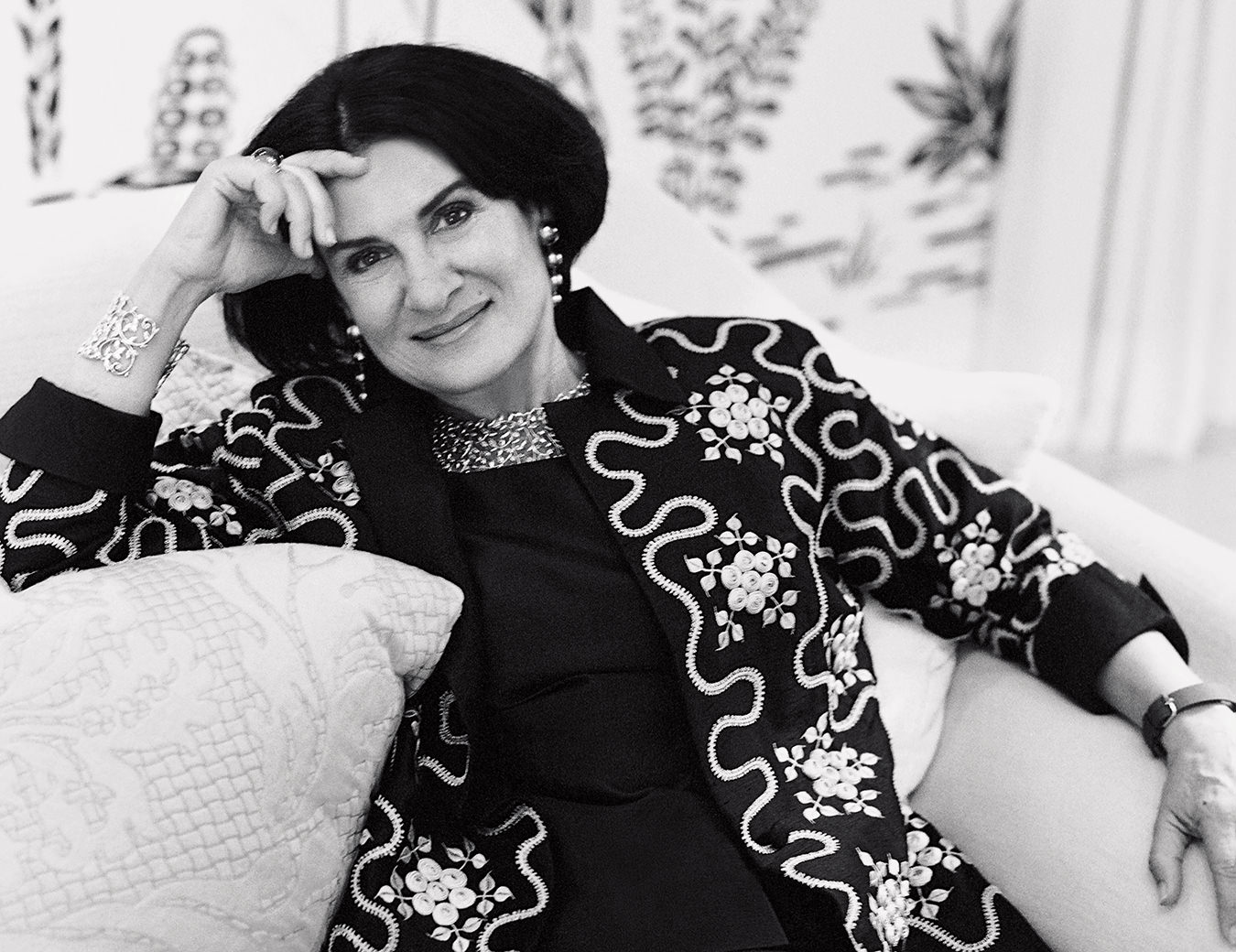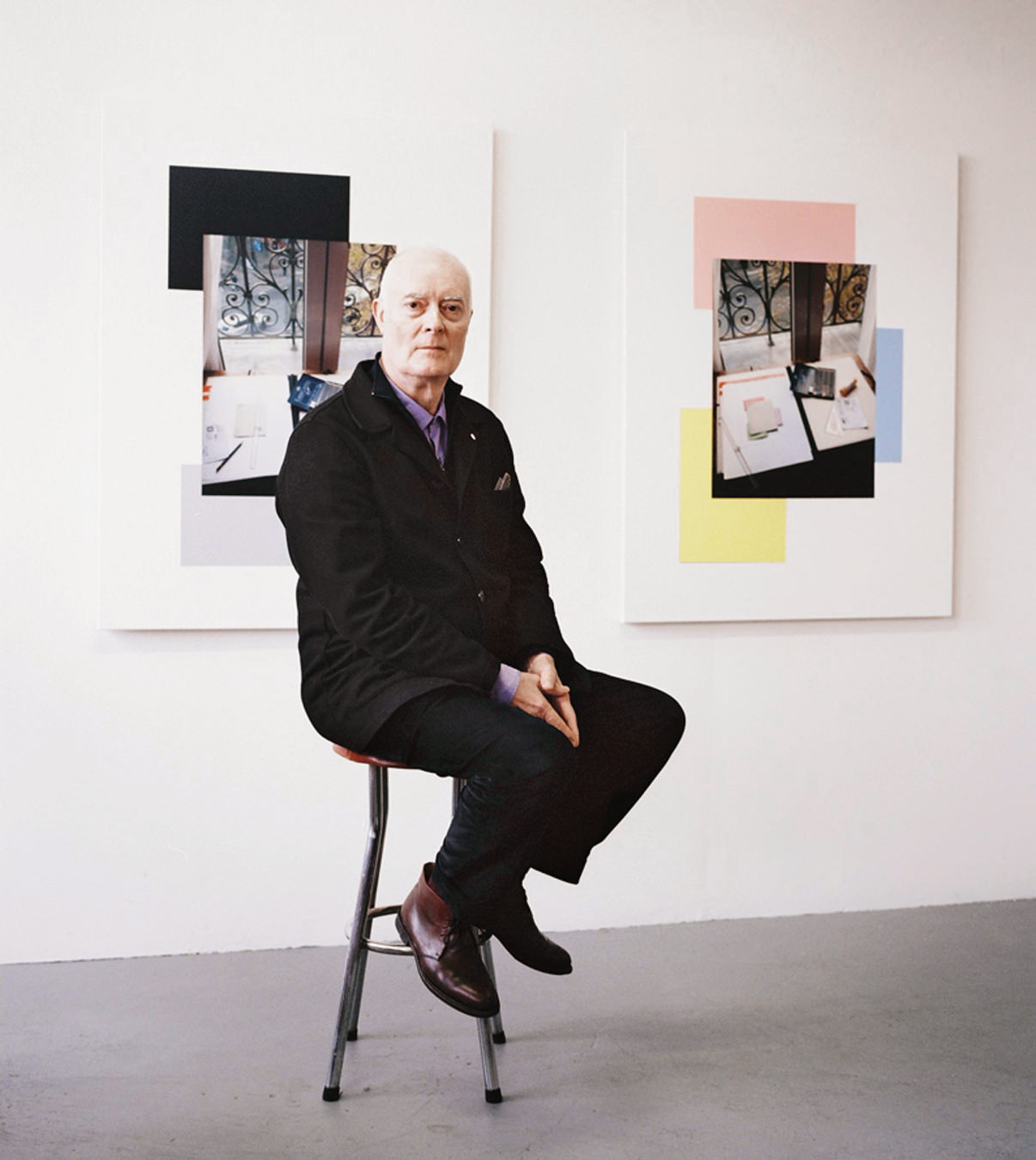Virgil Abloh’s Influence Endures in Fashion’s Next Era
A new book chronicling his life and rise through the fashion world examines his work through a cultural lens.
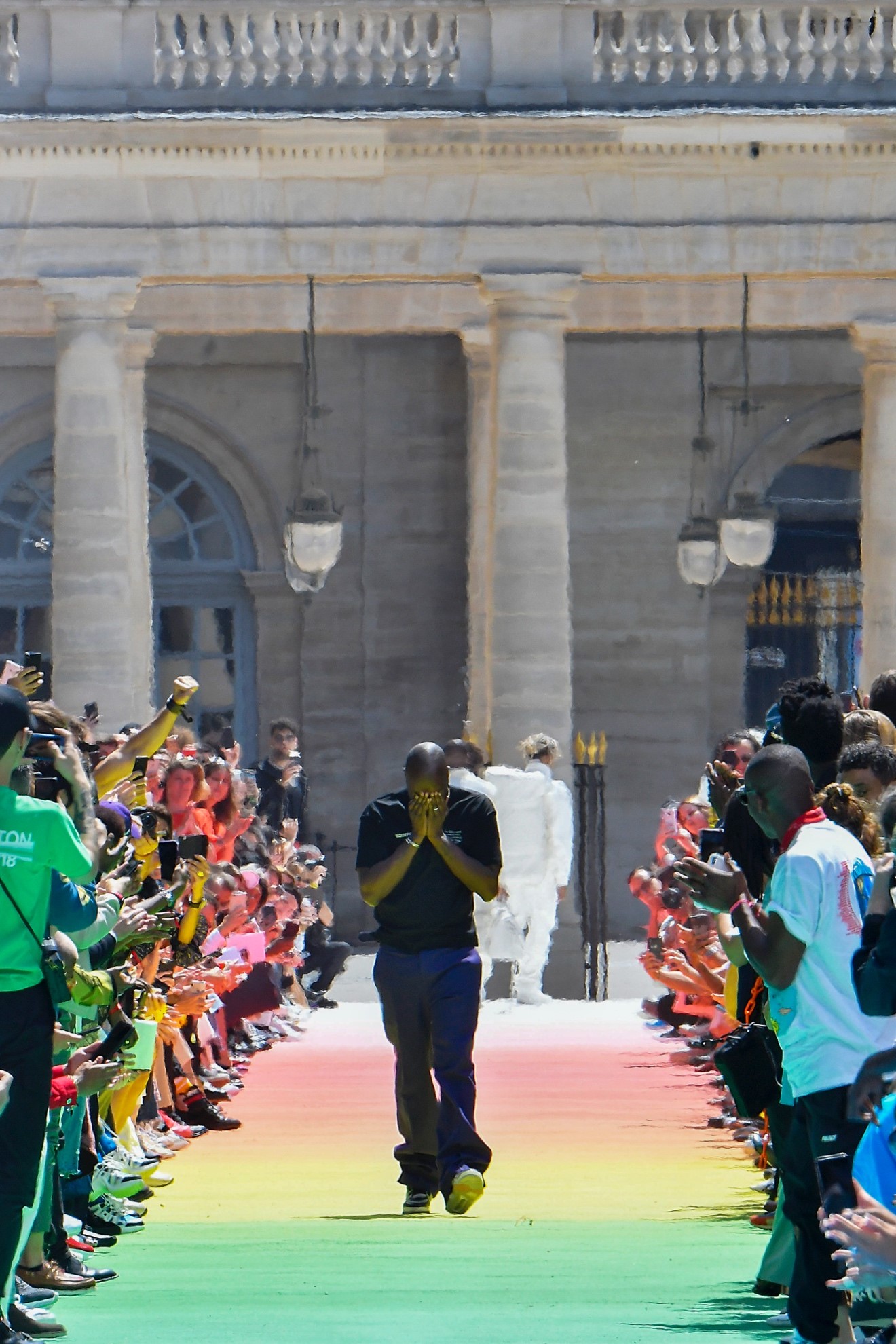
Virgil Abloh's first bow at Louis Vuitton. Photo by Jonas Gustavsson.
If you pick up a copy of Make It Ours: Crashing the Gates of Culture With Virgil Abloh expecting a standard, chronological view of the lauded designer’s life, you’ll be disappointed. It is a cultural analysis of his work through the fashion industry, which makes sense considering author Robin Givhan’s long career as a critic in the areas of fashion, race, politics, and the arts. The book begins at the crossroads of many of these spaces and doesn’t address Abloh’s life and times right away.
Givhan lays the foundation of his arguments in Abloh’s suburban Midwest upbringing in Rockford, Illinois, noting how at an early age he explored subcultures and the early days of the blogosphere. These roots informed his worldview and set him on a path to not only create some of the most sought-after clothing and accessories of the 2010s but to also be a key cultural tastemaker through hard work and a curious attitude.
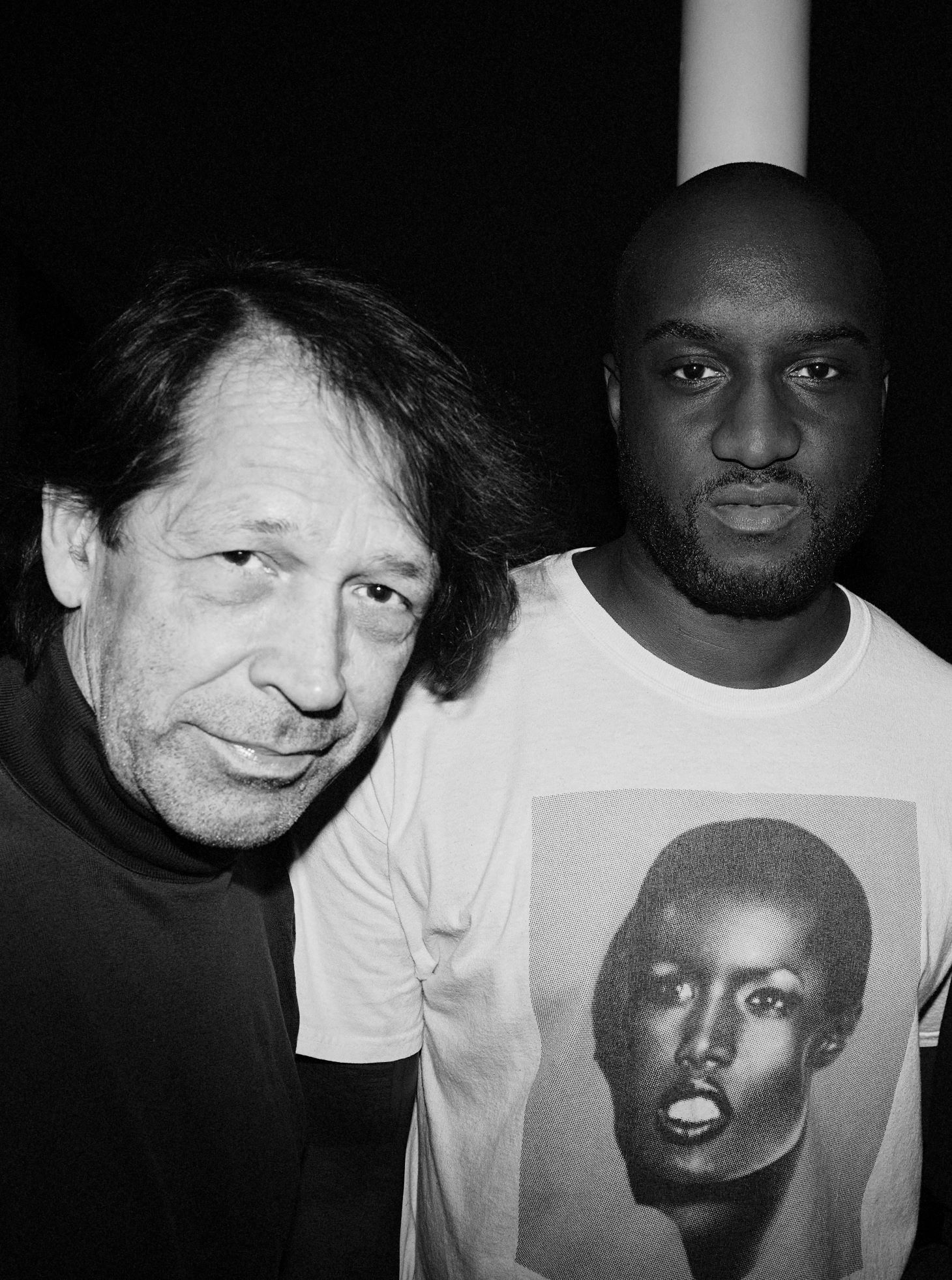
Portrait of Virgil Abloh and Pete Saville by Flo Kohl.
However, to best understand these influences in the book, prior knowledge of the fashion business is helpful. There are lots of names—Slimane, McQueen, de Givenchy—and those not in the know might lose track of the throughline Givhan builds.
She also explores Abloh’s relationship with Kanye West, starting with its origin in the mid-2000s. Abloh became one of West’s closest associates and collaborators, and the duo worked together on several projects through the mid-2010s. West was also among the first to embrace Abloh’s career benchmarks, and they even shared a dual stint as interns at Fendi. One would have to wonder what Abloh would think today of the man he once held in deep regard.
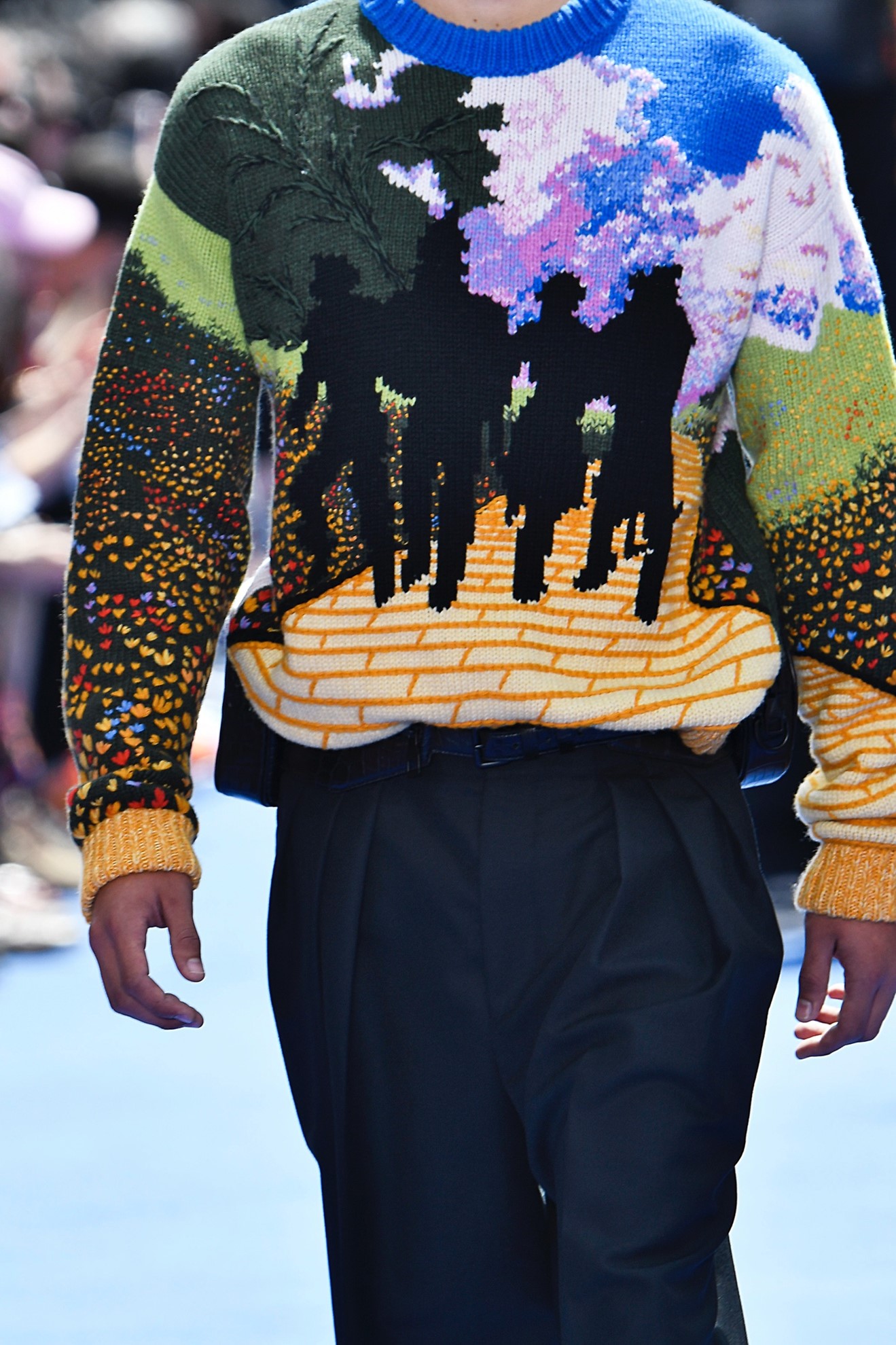
Sweater with Dorothy & Friends from Louis Vuitton debut. Photo by Jonas Gustavsson.
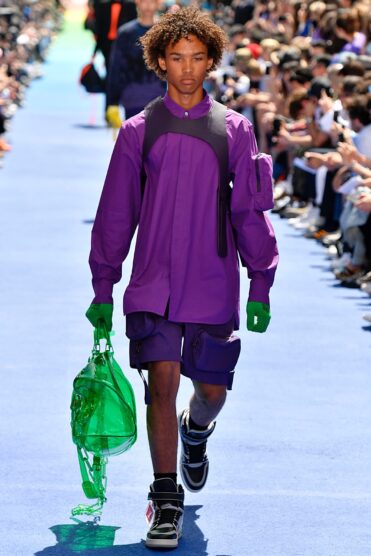
Abloh’s Harnesses. Photo by Jonas Gustavsson.
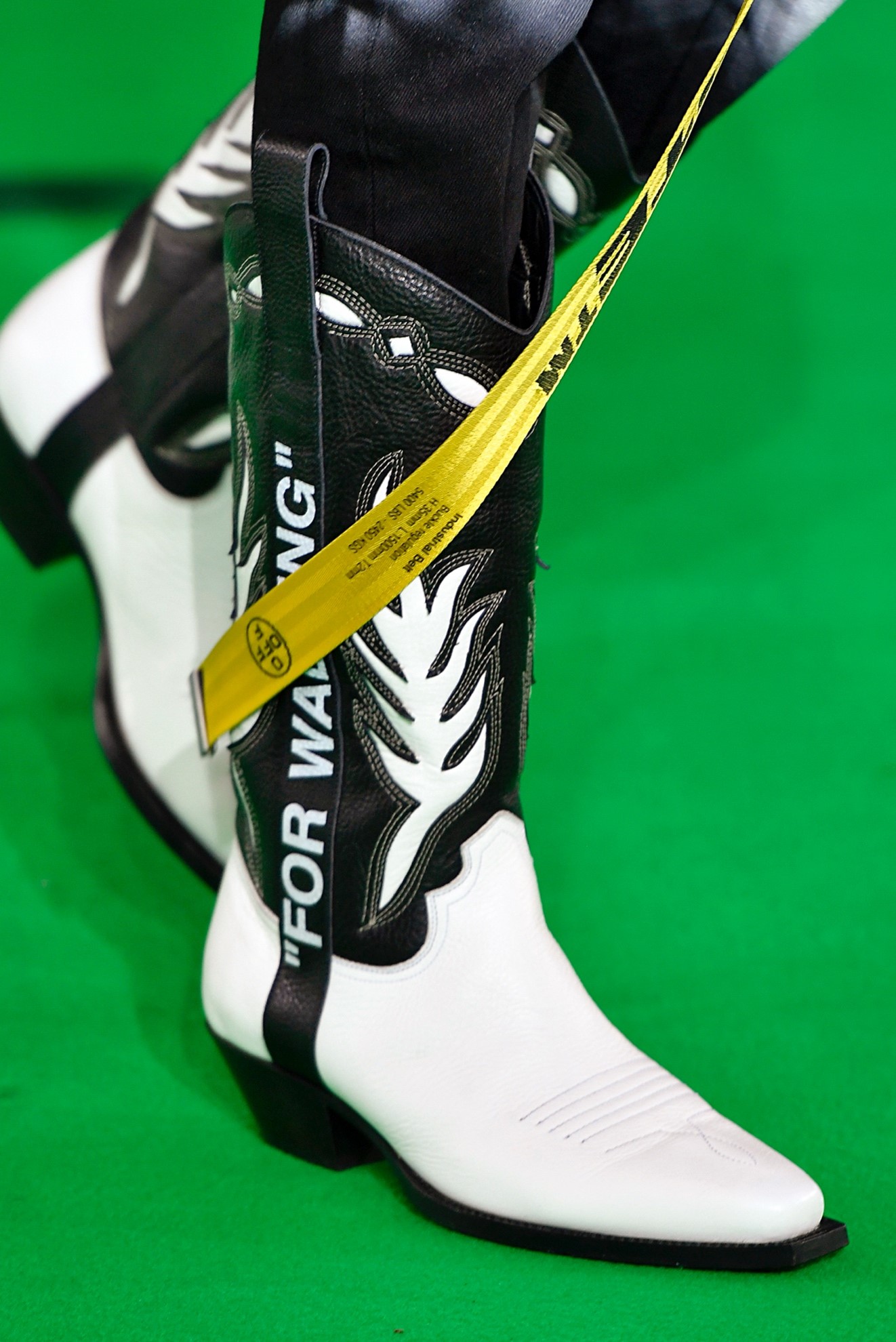
Boots From Fall 2019 Off-White Season. Photo Credit by Jonas Gustavsson.
Abloh will always be best known for two career milestones: his own brand, Off-White, which arrived at a pivotal moment in the streetwear/luxury trajectory and was a connecting point for a major Nike collaboration, and March 2018, when Louis Vuitton hired him as artistic director for its menswear division. The latter was an even larger milestone as he was the first African American to lead the division of the iconic brand and is largely credited with opening the door for other Black fashion designers and creators. Without Abloh’s entrance, Pharrell does not succeed Abloh at Louis Vuitton following his death in 2021.
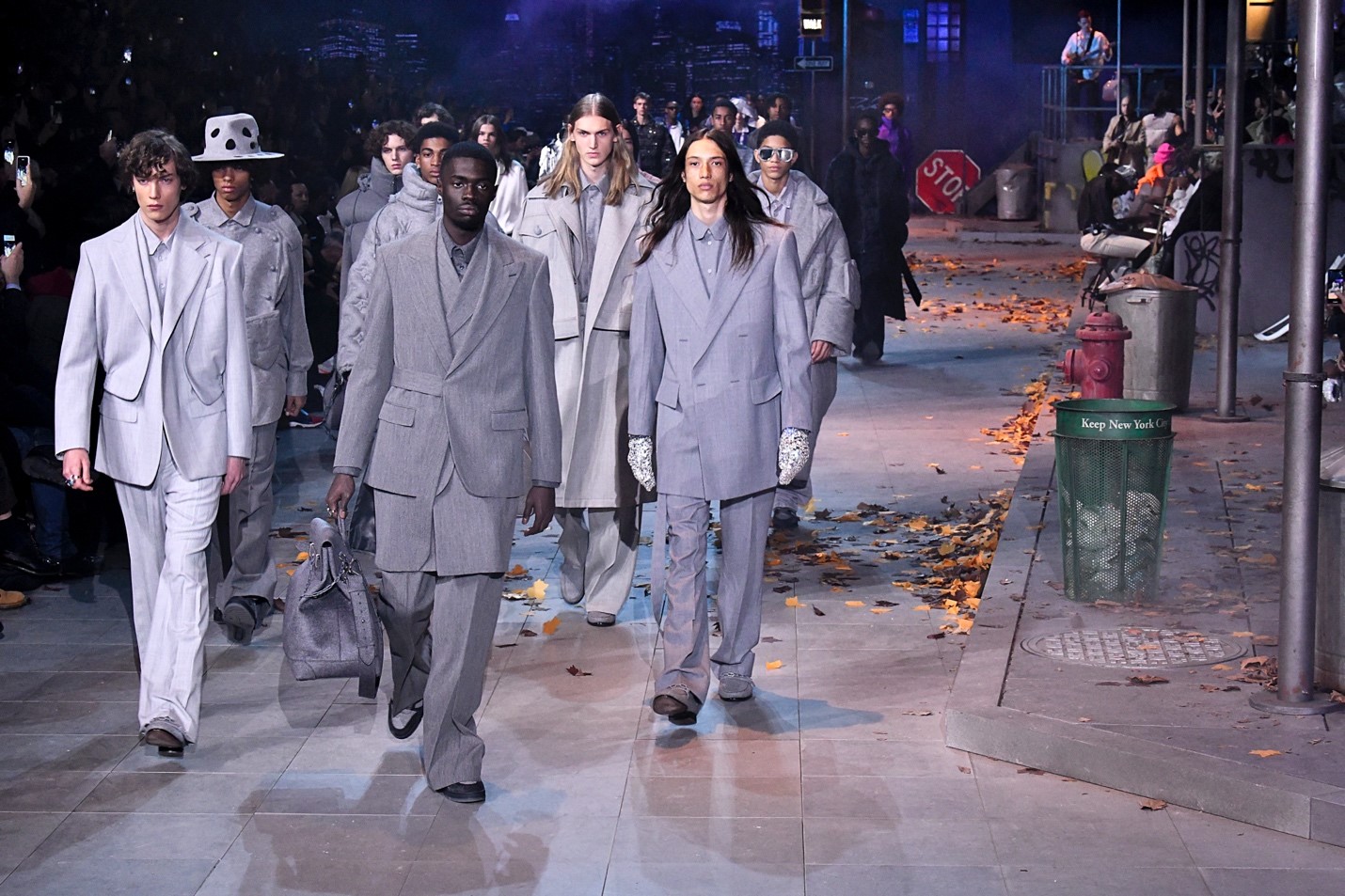
Abloh’s sophomore outing at Louis Vuitton. Photo by Jonas Gustavsson.
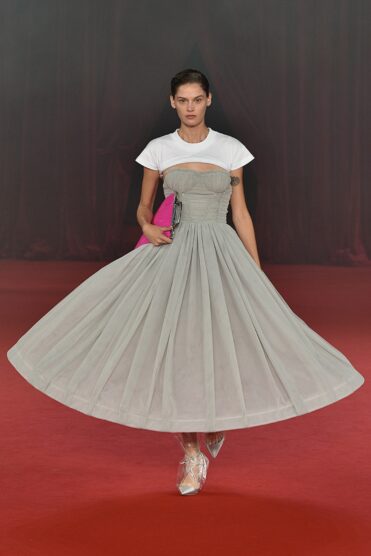
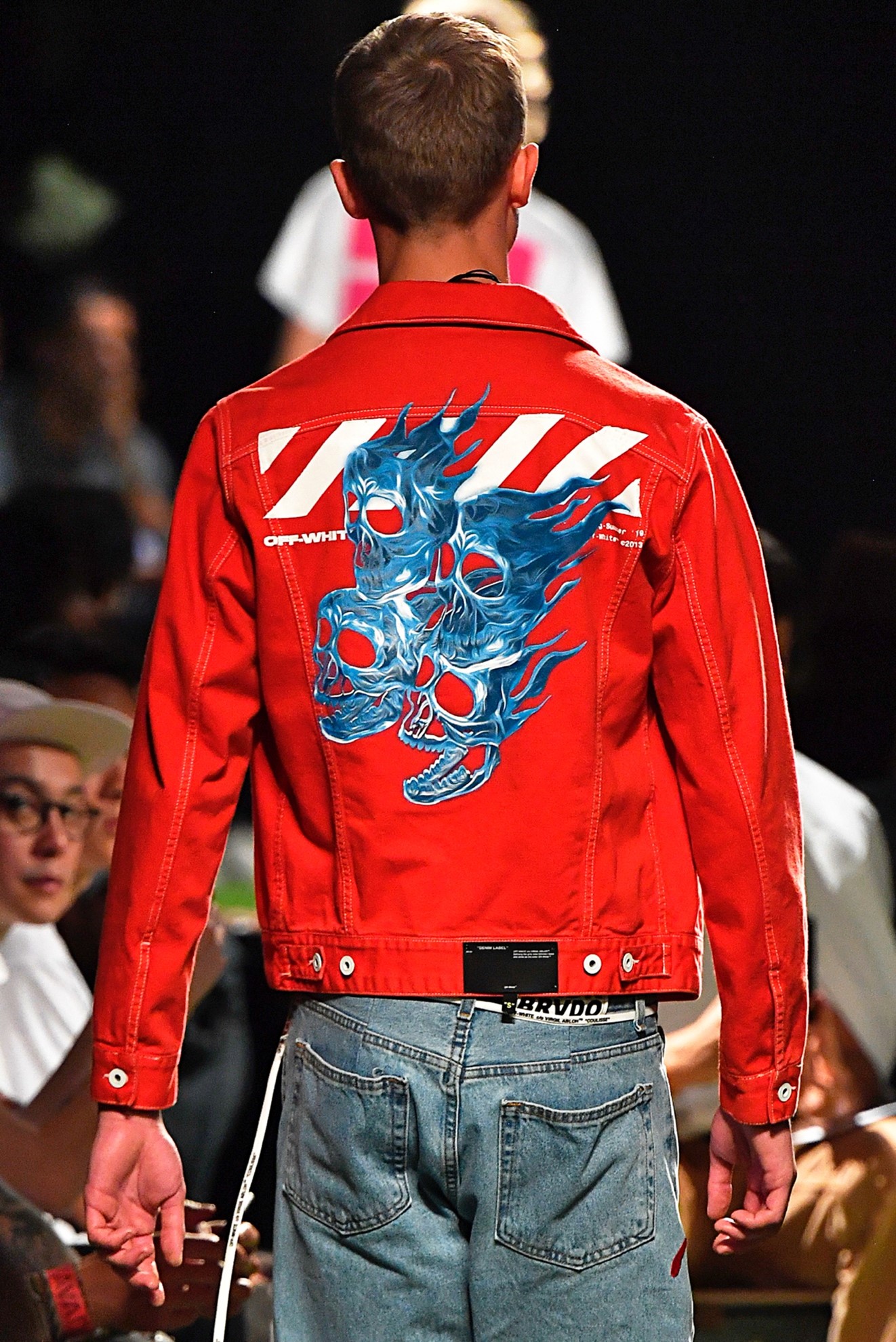
While Abloh was one of the most important figures in fashion through the 2010s, it does feel at times as if Givhan’s cultural analysis of Abloh’s work is a stretch. To be clear, his influence is undeniable, but connecting it to some strong, broader societal issues such as systemic police brutality and a “picking one side or the other” argument concerning race felt a bit of a reach. It could be said that Abloh’s rise was due to timing as much as it was to his own artistic vision. The deeper societal connections are there, but Givhan perhaps pushes these constructs too far.
Much like Abloh’s life, the book leaves a sense of what if? given the subject’s early death at age 41. However, it’s the first thorough chronicle of his life, and a needed one as the millennial era of streetwear, sneakers, and luxury matures.


